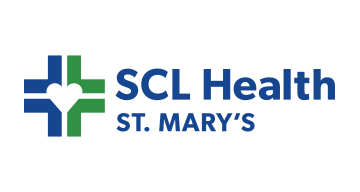
Accurately predicting infusion staffing needs is crucial to providing optimal care and maintaining high standards of patient safety. Oncology infusion centers face unique staffing challenges, however, as patient acuity and related staffing needs can fluctuate rapidly. To address this challenge, infusion centers often utilize patient acuity measures to inform their staffing predictions. But acuity alone may not be the most effective measure.
As part of their initiative to meet customer requests and optimize their AI-powered iQueue for Infusion Centers solution for actual infusion center needs, data analysis experts and infusion center operations leaders from LeanTaaS created an in-depth study to determine the true effectiveness of patient acuity as a staffing metric. They began with the hypothesis that acuity would be better at predicting the number of nurses needed for adequate daily staffing over visits or hours. Using data from several participating customer infusion centers, they evaluated patient acuity against patient visits and hours for staffing predictions, wait times, and nurse lunch breaks.
In this session, the Director of Customer Success for iQueue for Infusion Centers presents a deep dive into thus outcomes from a multi-institute, head-to-head research study of three acuity methodologies. Learn which methodology stood out as the most impactful – if any – and take away best future practices for infusion staffing based on those results.
Viewers of this webinar will be able to:








Take the first step towards unlocking capacity, generating ROI, and increasing patient access.
If you work in the healthcare industry, or even if you’re just an interested observer, you don’t need a book to tell you that the financial pressure is on as never before. A perfect storm of circumstances is swirling together, one that will make survivability, not to mention profitability, a greater challenge for healthcare companies than we’ve seen in the modern era.
As with banks, retailers, and airlines, which had to rapidly enhance their brick-and-mortar footprints with robust online business models—it is the early movers eager to gain new efficiencies that will thrive and gain market share. The slow-to-move and the inefficient will end up being consolidated into larger health systems seeking to expand their geographical footprints.
Let’s look at just a few of the looming challenges healthcare must meet head-on.
An aging population
By the year 2030, the number of adults sixty-five years of age or older will exceed the number of children eighteen years or younger in the United States. We are living longer than our parents did. Positive news for sure, but problematic for several reasons.
The older we get, the more medical help we need. Older people have more chronic diseases. By 2025, nearly 50 percent of the population will suffer from one or more chronic diseases that will require ongoing medical intervention. This combination of an aging population and an increase in chronic diseases will create a ballooning demand for healthcare services.